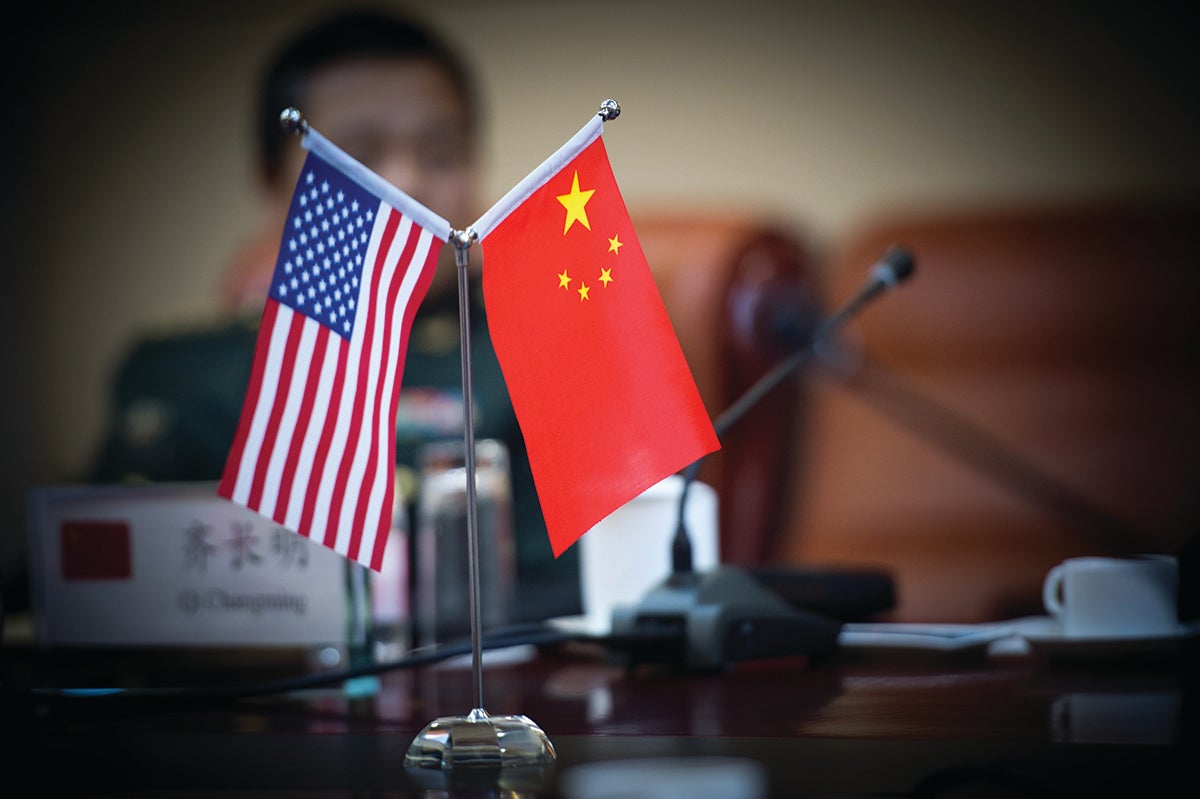The Strategy of a Great Power Competitor
The Strategy of a Great Power Competitor

The following discourse offers an assessment of China’s grand strategy and what the grand strategy of the United States should be toward China, first by defining the term and introducing the concept of the instruments of national power. With these general ideas established, it is possible to understand the particular grand strategies of China and the United States, allowing the defense community to draw conclusions regarding future action that the United States should undertake in its own grand strategy to counter that of China.
The Concept of Grand Strategy
The first line of thought central to developing an understanding of Chinese interests is establishing a baseline characterization of the concept of grand strategy. To start, the exact confines of grand strategy are constantly debated; no one definition is accepted by all. However, Hal Brands, an American historian and author of The Promise and Pitfalls of Grand Strategy, offers that “British military historian Sir Basil Liddell Hart popularized the term during the mid-20th century, and most subsequent definitions of the concept have been based, in one way or another, on his insight that grand strategy involves synchronizing means and ends at the highest level of national policy.” Brands says “grand strategy is defined as the theory, or logic, that binds a country’s highest interests to its daily interactions with the world. Policy-makers who are doing grand strategy are not simply reacting to events or handling them on a case-by-case basis; they are operating in accordance with a more structured and coherent idea of what their nation is out to accomplish in international affairs.”
As detailed, grand strategy involves synchronizing means and ends, but how do we define those? Brands posits that “grand strategy involves combining all aspects of national power to accomplish important objectives.” Noticeably, Brands’s terminology differs from the generally agreed upon foundation of grand strategy from Hart. Brands uses “combining national power” while Hart uses “synchronizing means.” A variation is also present when Brands offers that a grand strategy is used “to accomplish important objectives,” whereas Hart prescribes “ends at the highest level of national policy.” Both are identifying that a nation must use a strategy to advance interests, but Brands introduces the instruments of national power to describe the ways to achieve the ends. Means, on the other hand, can be interchangeable with resources. Subsequently, derived from the comparison is the framework of ways, means and ends.
In his paper, “The International System in the 21st Century,” former U.S. Army War College associate professor Alan Stolberg outlines the instruments of national power as diplomatic, informational, military and economic elements, or DIME. He provides valuable context about these instruments by distinguishing between hard and soft power. Stolberg classifies the direct use of the military instrument and economic means as hard power. He describes the use of hard power with the examples of when a country threatens military force, restricts financial assistance, provides bribes or imposes economic sanctions to induce the other country to perform or stop performing an action. Stolberg also details that soft power indirectly influences the behavior of another country with diplomacy, ideology, culture or history.
Laying out the instruments of national power and distinguishing between hard and soft approaches is essential to evaluating a grand strategy and proposing the use of instruments to countervail a competing state. The instrument choices are impactful since resources are not unlimited and since each instrument consumes a varying amount of resources. Consequently, the cost of employing an instrument should be consciously recognized by those determining the highest levels of national policy to achieve ends.

